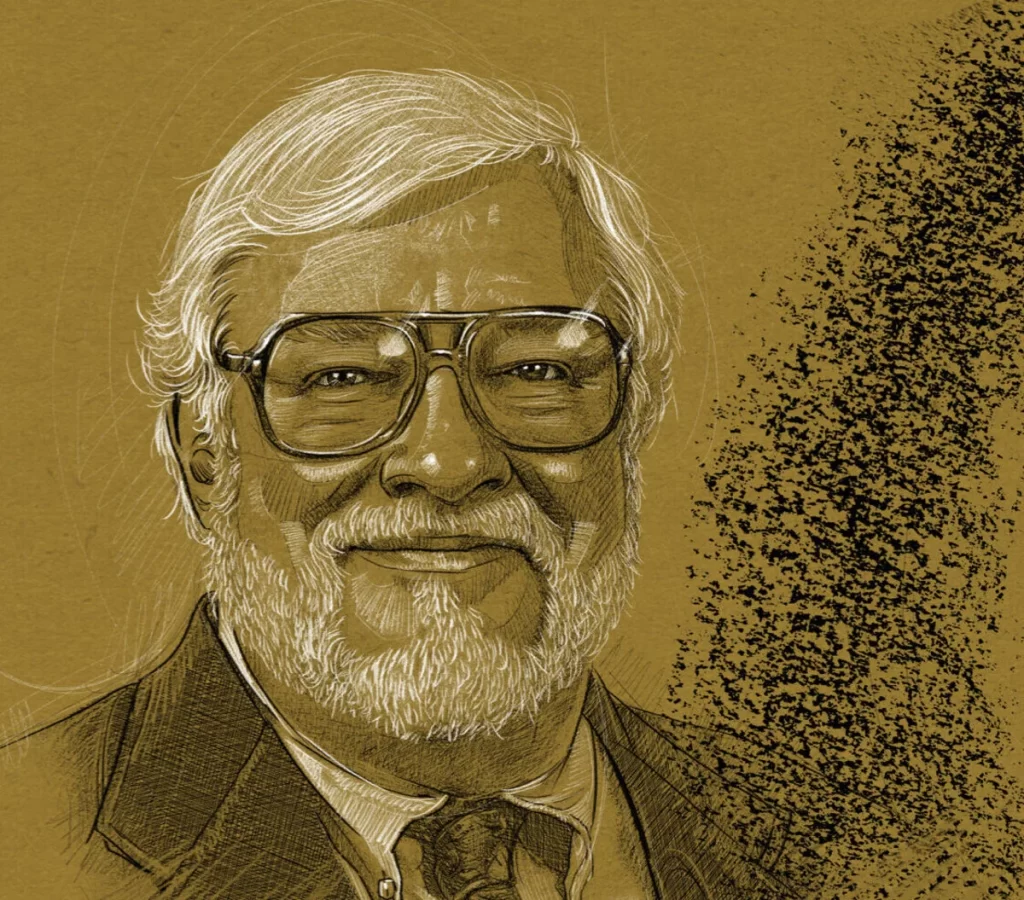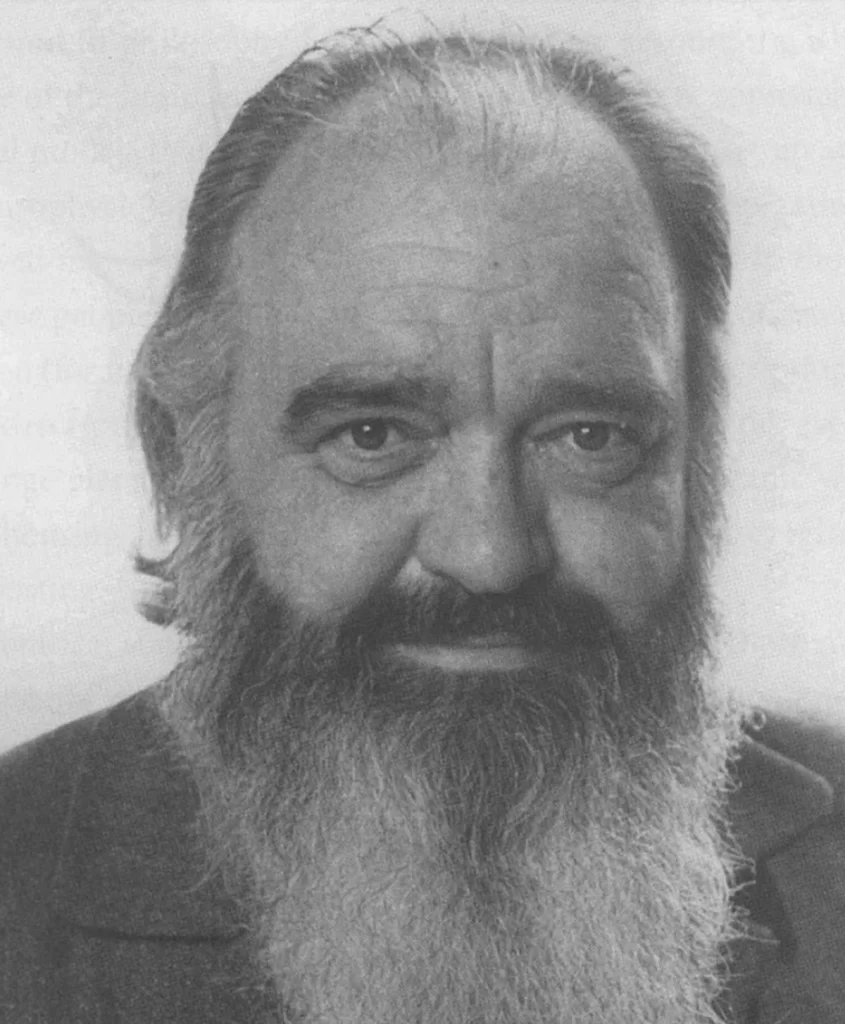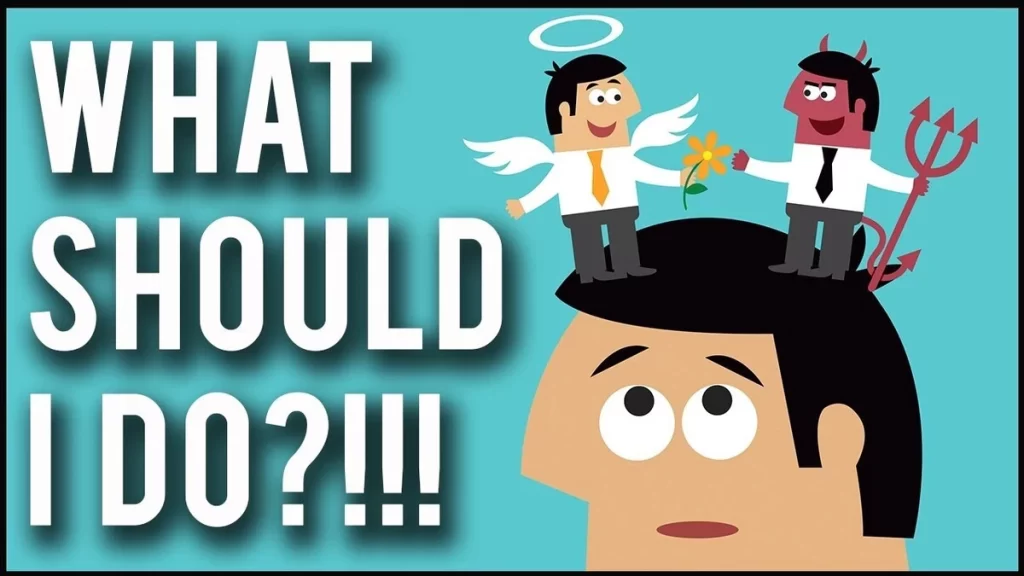Karl Weick developed the knowledge management theory of organizing in the 1960s, presented here with emphasis on its empirical application in organizational case studies exploring sensemaking through organizing. This discussion is taken from my uOttawa MA in Communication thesis (2015, pp. 30-36), which focused on ethical hacking communication and management within an organization, titled Technoethics and organizing: Exploring ethical hacking within a Canadian university.
My MA thesis explored the question, “What are the meanings, ethics, uses and practices, and value of ethical hacking in a Canadian university?” by pairing Mario Bunge‘s (1975) technoethical pragmatic value theory (TEI) with Karl Weick’s (1969, 1979, 1995, 2001, 2009) theory of organizing (hence TEI-KW) to the case study in focus to frame a systemic and constructivist understanding of ethical hacking meanings, ethics, uses and practices, and value for the organization—and placed the findings within the broader information security management context.
- Karl Weick’s theory of organizing
- Karl Weick’s sensemaking model
- Application of Karl Weick’s theory of organizing in my MA thesis
You may also be interested in Stafford Beer – Viable System Model (VSM).

Karl Weick’s theory of organizing
Weick’s complex theory aims to illuminate the process of organizing during which active agents construct “sensible, sensable events” (Weick, 1995, p. 4). For Weick, the organization is a myth. What we have instead is a series of events “linked together, that transpire within concrete walls and these sequences, their pathways, their timing, are the forms we erroneously make into substances when we talk about an organization” (Weick, 1974, p. 358). Organizing is “the resolving of equivocality in an enacted environment by means of interlocked behaviors embedded in conditionally related process” (Weick, 1969, p. 11).
Equivocality is the unpredictability inherent in the information environment. It is an information risk to be managed optimally, in a pragmatic way (by balancing stability and flexibility needs) through organizing for sensemaking. For Weick, equivocality refers to the existence of multiple interpretations of the same event, not ambiguity about the meaning of an event. It is an equivocal environment if individuals can put forth many viable or plausible explanations for an event. The problem of equivocality is one of confusion not ignorance (Miller, 2002). Confusion can create or exacerbate unpredictability in the information environment. So the emphasis of praxis is on reducing potential sources of unpredictability and on reaching common understandings among various stakeholders. Equivocality can be reduced by providing communication opportunities for stakeholders to interact and create common knowledge.
Examining the organizing processes of enactment, selection, and retention can shed light on how perceptions are constructed/sensemaking. The major goal of organizing is to reduce the equivocality in the information environment.
Enactment refers to processes within organizational environments in which activities or experiences are imbued with meaning by organizational participants. Participants bracket (notice) events in such a way that the environment becomes constituted. How employees behave in the stream of experience will affect the organizational environment they encounter. Only “through interlocked behaviours can the meaning of particular environmental events and displays be negotiated” (Miller, 2002, p. 200). Of the three organizing processes, enactment is perhaps the most closely related to the concept of sensemaking, which can be understood as a process by which people give meaning to experience through social or group interaction. In other words, sensemaking describes the negotiation and construction of meaning through interlocked behavior.
Selection processes involve the evaluation and selection of communication events necessary to reduce equivocality. The two main selection processes are rules of conduct (explicit text), and ongoing communication-behavior cycles among participants or stakeholders for more equivocal information environments. Retention refers to a stabilization of meanings, temporary as it is, within enacted environments. Superfluous or unnecessary information that does not contribute to the reduction of equivocality will likely not be retained.
Karl Weick’s sensemaking model
Weick’s basic sensemaking model (1969, 1979), subsequently elaborated in Sensemaking in organizations (1995), emphasizes communication processes for resolving equivocality in the information environment. Sensemaking involves “the placement of items into frameworks, comprehending, redressing surprise, constructing meaning, interacting in pursuit of mutual understanding, and patterning” (1995, p. 6). The central questions for a sensemaking inquiry typically revolve around how active agents construct, why, and with what effects (Weick, 1995).
Investigators into sensemaking practices and processes have conceptualized it in different ways. For Louis (1980), the activity of placing stimuli into frameworks is most visible when predictions break down, suggesting sensemaking is influenced by expectations. When an expectation is disconfirmed, an ongoing activity is interrupted. Hence a relevant question would be, how do people cope with interruption? The joint influence of expectations and interruption suggests that sensemaking “will be more or less of an issue in organizations, depending on the adequacy of scripts, routines, and recipes already in place” (p. 5). Other researchers who have looked at sensemaking with an emphasis on the placement of stimuli into frameworks include Dunbar (1981), Goleman (1985), Starbuck and Milliken (1988), and Westley (1990). For Starbuck and Milliken (1988), sensemaking “involves placing stimuli into some kind of framework” which enables people to “comprehend, understand, attribute, extrapolate, and predict” (p. 51). In a close reading, Ring and Rands (1989) defined sensemaking as “a process in which individuals develop cognitive maps of their environment” (p. 342). They used the term “understanding” to refer to a mutual activity.
In later scholarship, Weick elaborated his sensemaking model to account for other aspects of sensemaking opportunities and processes, for example, sensemaking in crisis situations (Weick 1988, 1990), and sensemaking when it fails (Weick, 1993). Weick, Sutcliffe, and Obstfeld (2005) argued for a reconceptualization of organizing to frame a more future oriented, action oriented, and macro oriented understanding of sensemaking, as well as to incorporate identity considerations.
Other researchers used the seven properties of sensemaking to frame an inquiry into sensemaking activities since these properties suggest what is sensemaking, how it works, and where it can fail (Weick, 1995). Weick (1969, 1979, 1995) had conceptualized sensemaking as a process that is grounded in identity construction, retrospective, enactive of sensible environments, social, ongoing, focused on and by extracted cues, and driven by plausibility rather than accuracy. For example, Dutton and Dukerich (1991) focused their analysis of sensemaking on issues of identity: using the image of the mirror metaphor to articulate an interconnected and intersubjective creation of identity in relation to the organizational image. Meryl Louis (1980) saw sensemaking as a thinking process that uses retrospective accounts (rather than strategies) to explain surprises. People use assumptions as predictions about future events. Discrepant events trigger a need for explanation; for a process that can explain discrepancies. The sensemaking debate also includes discussions about whether sensemaking results in action (Sackman, 1991; Thomas, Clark, & Gioia, 1993), whether it is more likely to inform action (Feldman, 1989), and whether sensemaking is a private or a singular activity (Gioia & Chittipeddi, 1991; Ring & Rands, 1989).
Weick’s sensemaking perspective has influenced many communication researchers, some of whom have been more true to the basic sensemaking model, and others who built on or paired his thesis with other theoretical prisms in search of a more holistic or a more interdisciplinary perspective (see Miller, 2002). Kreps (1980) explored the role of equivocality in the sensemaking process and found that the equivocality of an enacted environment drives communication cycles for sensemaking. Bantz explored the ways in which the environment is enacted within a newsroom (1980), and the ways in which the media industry is enacted through relationships among news organizations (1989). Louis (1980), and V. D. Miller and Jablin (1991) adopted Weick’s model to explore how employees can make sense of equivocal as well as non-equivocal information environments. Miller, Joseph, and Apker (2000) examined how employees make sense of ambiguously defined organizational roles. Weber and Ann Glynn (2006) elaborated the larger social and historical contexts in sensemaking by incorporating institutional theory.
Application of Karl Weick’s theory of organizing in my MA thesis
The MA thesis applied Weick’s communication theory to study the process of organizing within a Canadian university. Cybersecurity actors eliminate the risk of hacking by reducing unpredictability in the information environment about ethical hacking organizational aspects (meanings, ethics, uses and practices, and value). The defining characteristics of risk are mainly exposure and uncertainty (for the case to be considered risk). By reducing unpredictability, cyber-security actors are eliminating the risk because the existence of risk requires uncertainty (which can be understood equally to unpredictability).
First, the thesis examined equivocality (variances in perceptions) among key stakeholder groups about the meaning, ethics, uses and practices, and value of ethical hacking. Second, it explored potential causes or sources of equivocality – how the information environment is enacted through routine communication practices (how the organization communicates about these aspects). Unpredictability potentially arising from variances in perceptions can be reduced through the use (selection) of assembly rules (e.g., standard operating procedures) and communication cycles (ongoing interpersonal and cross-functional communication).
Weick’s model advised on how to reduce unpredictability in the information environment, that is, on how to improve the efficiency of the communication process among stakeholders. Guided by Weick’s sensemaking model, findings pointed to security awareness training for increasing sensemaking opportunities and reducing equivocality in the information environment.
Applying KW and VSM in communication studies (example)
| Analysis | VSM (Viable System Model) | KW (sensemaking through organizing) |
|---|---|---|
| Data collection | Content of hacking skills curricula and instruction | Content of hacking skills curricula and instruction |
| Analytical focus | How information flows within a teaching/educational system. How communication happens: what “muscles and organs” are used, i.e., what technologies are used in instruction. | Knowledge making/management through interaction and iteration (how participants interact to construct common knowledge). How communication happens: through behavior cycles or assembly rules. |
| Interpretation | Regulation of information variety through a power gradient from high variety to low variety to reduce equivocality. | Making tacit knowledge explicit and engaging in more communication opportunities to reduce equivocality. |
| Recommendation | Emphasis on design of information systems. Prescribes how information should be managed. | Emphasis on design of communication interactions. Explains/descriptive how information is managed. |
Related content
Back to MA/PhD Thesis Writing Resources (templates)
Back to DTI Courses
Other content
1st Annual University of Ottawa Supervisor Bullying ESG Business Risk Assessment Briefing
Disgraced uOttawa President Jacques Frémont ignores bullying problem
How to end supervisor bullying at uOttawa
PhD in DTI uOttawa program review
Rocci Luppicini – Supervisor bullying at uOttawa case updates
The case for policy reform: Tyranny
The trouble with uOttawa Prof. A. Vellino
The ugly truth about uOttawa Prof. Liam Peyton
uOttawa engineering supervisor bullying scandal
uOttawa President Jacques Frémont ignores university bullying problem
uOttawa Prof. Liam Peyton denies academic support to postdoc
Updated uOttawa policies and regulations: A power grab
What you must know about uOttawa Prof. Rocci Luppicini
Why a PhD from uOttawa may not be worth the paper it’s printed on
Why uOttawa Prof. Andre Vellino refused academic support to postdoc



